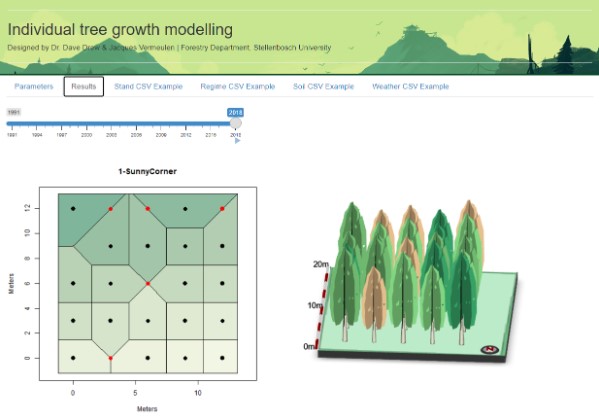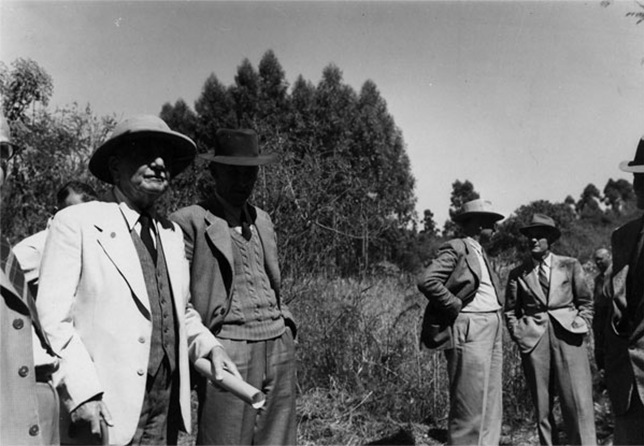Concluded Projects

This project was undertaken as a “mini-thesis” under the supervision of Prof. Petrie Meyer as fulfilment of the B.Eng. requirements. This project investigated if a Laser Doppler Vibrometer (LDV) can be used to measure the vibrations of a eucalypt to detect cavitations in the xylem vessels.

The aims of this research were to (1) partly parameterise and initialise and (2) test the CABALA process-based model for hybrid Eucalyptus grandis x Eucalyptus urophylla clones in the Zululand region of South Africa.

This project considered the potential impact of climate change on both yield and production risk of eucalypts. The aim of this study was to project future mean annual temperature (MAT), mean annual precipitation (MAP), species site suitability.
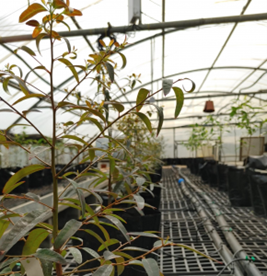
This study explored drought responses of two eucalypt hybrids (Eucalyptus grandis x Eucalyptus longirostrata (EGL) and Corymbia henryi x Corymbia torelliana (CHT)) with contrasting water use strategies, to identify how key leaf-level functional traits.
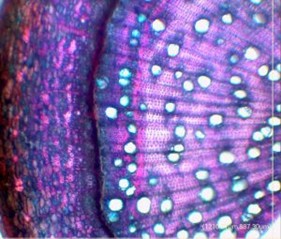
Considering that wood is an incredibly valuable source of renewable biomaterial and biofuel products, it is essential that we understand how the underlying mechanisms that drive wood formation function.
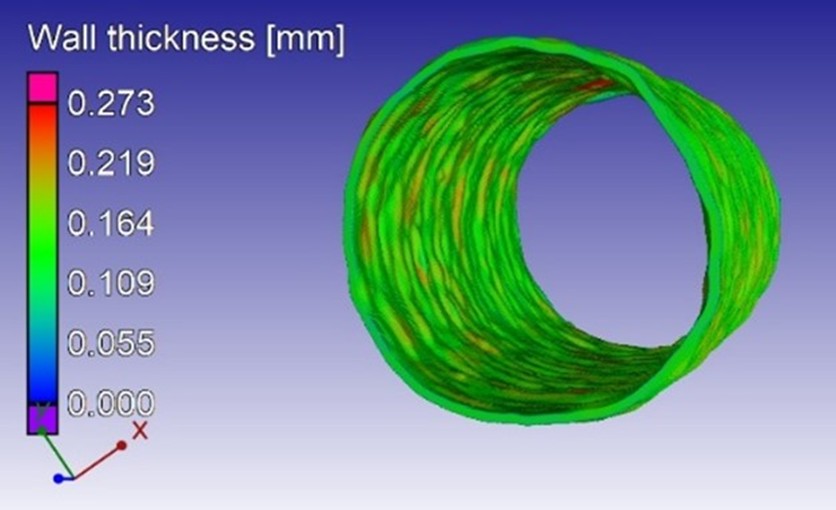
Knowledge of the process by which the cambium produces wood has progressed very slowly and this knowledge gap is largely due to difficulties in visualising the 3D organisation of the cambium and the lack of non-destructive methods with sufficient resolution.
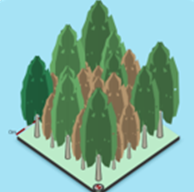
Refining InTreeG, which is a statistical individual tree, spacial, stand growth model.
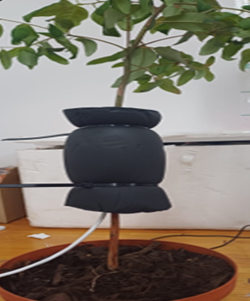
Sap flow monitoring is crucial, as it is an indication of transpiration and water usages in trees. Yet, most sap flow sensors available on the market are invasive while those that are non-invasive are expensive.
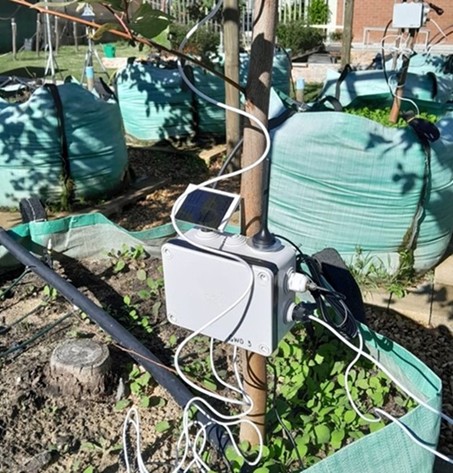
Aims to use AI techniques to find the variation in daily stem growth in Eucalyptus.

How competition affects the physiology of several Eucalyptus species through the lens of their individual bioclimatic niches.

Electronic design and IoT (Internet of Things) project under co-supervision of Prof. Booysens with the main aim to develop a wireless dendrometer utilising LoRaWAN (Long Range Wide Area Network) technology.

As South Africa is a timber-scarce country, it is not surprising that there is predicted to be a shortage of softwood timber within the next 10 years. One of the solutions under investigation is to use hardwoods – mostly Eucalyptus – as structural timber, as they are relatively plentiful in
